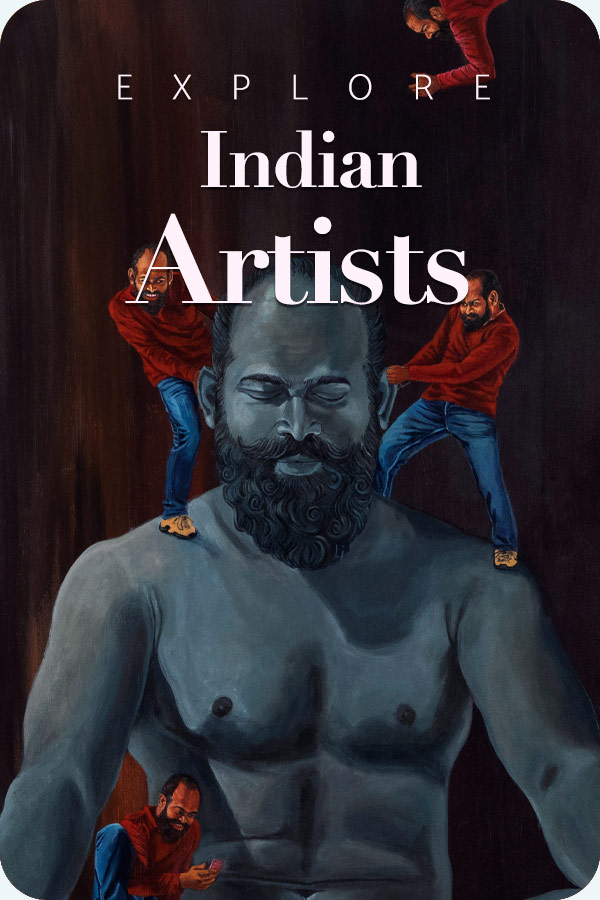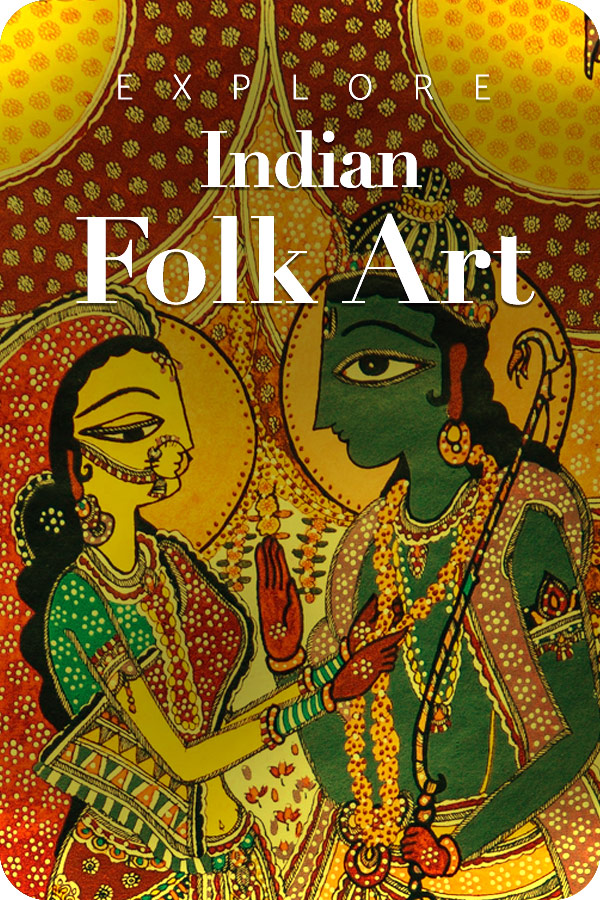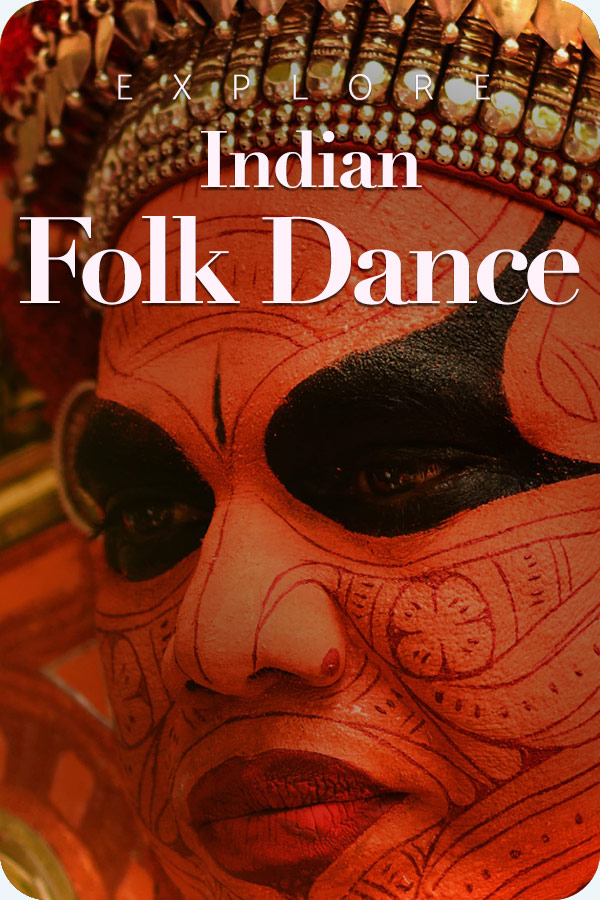
The land of hill stations, Himachal Pradesh encompasses a ton additional to be savored, and unfortunately few tourists. If you’re thinking that Himachal Pradesh is all concerning mountains, hills, forests, and valleys, then you continue to haven’t witnessed its actual beauty, that lies in its antique culture and traditions. Yes, you’ll savor the whole Himachal Pradesh provided that you rehearse the paths of its villages and tiny cities that have been alive for hundreds of years. Ancient dance is a very important part of the Himachali culture. To watch someone dance is to watch their heart speak and their spirit let go. As anyone who has watched a folk dance being performed can attest to, it derives its beauty from the grace and elegance of the movements and the look of merriment, joy, and pride on the dancer’s face. It is rightly said, “Heaven may be a myth but Himachal is real.” Let us dive into some of the truly breathtaking folk dances of Himachal Pradesh that symbolize the culture of the place:
1. Nati Dance

Nati is one of the most prominent dances of Himachal Pradesh which is enthusiastically performed in different forms throughout the state such as the Shimla Nati, Kullu Nati, Shiv Badar Nati, Sirmauri Nati, to name a few. Nati is a dance of celebration, whether it be the new harvest season or a marriage in the family. Both men and women take part in this dance dressed in colorful attire. It is a beautiful depiction of a story, for example, the Kullu Nathi customarily tells stories such as the ras-Lila or stories involving Hindu Gods Krishna and Gopis. Nati can be considered an essential part of any function in Himachal Pradesh. This dance also holds the title of the largest folk dance, about the number of people, in the Guinness Book of World Records. This was inevitable because the fanfare and festive nature of the dance in a way forces every spectator to join.
2. Dangi Dance

Another popular dance form of Himachal Pradesh is Dangi. It is predominantly performed by female dancers, wearing traditional dresses, holding hands to form a semi-circle, and dancing with their lower bodies. This dance takes place at Naina Devi’s Temple as a symbol of their devotion. It is based upon classic folklore of the state and has two themes. The first one depicts the eternal feeling of love. A charming and courageous king who fell in love with someone he wasn’t supposed to – a common girl. Their love was deemed wrong and they were shamed for it but as we all know, love conquers all. The second one is business, which is a necessity for survival and it shows us the simple process of a person giving their products and services to someone and in return, they ask for something of value to them. That is how business works and so does life.
3. Chhanak Chham Dance

This dance is performed in honor and memory of Lord Buddha usually by monks or lamas in front of monasteries during religious festivities. This dance is renowned for its intricate costume made from red and yellow glitters, oversized masks that have bizarre and peculiar designs made from wood, paper-mache, and plastic along with headgear known as Chhanak from which the dance gets its name. Their appearance and the knives and swords they hold make them look similar to soldiers.
Legend states that this holy dance is a form of exorcism and gets rid of evil spirits that may be wandering around by symbolizing the death of the Evil King who represents the demons, monsters, and natural disasters that may befall upon us. For precisely this reason, it is also known as ‘Devil Dance’ and people from all over the village gather to watch it. The instruments enclosed during this dance type are ‘Tangchim’(the long pipe-like instrument), Drums called ‘Ghann’. The dance is legendary for its Headgear that appears completely unique, as well as its costumes, and masks. The dance is additionally well-known in an exceeding exceeding country like Singapore.
4. Kayang Mala Dance

The Kayang Mala or the Garland Dance is one of the most famous dance forms of Himachal Pradesh. It derives its name from the garland formed by the dancers by weaving their arms in a criss-cross pattern and each dancer becomes a bead or a part of what goes on to be a truly alluring formation. Each one of the ‘beads’ is beautifully dressed and heavily ornamented. It is a common tradition to consume a glass of Chhang before the dance. Today, Kayang is one of the foremost ancient dances in Himachal Pradesh, and therefore you mustn’t miss out on exploring its beauty. So, pack your luggage and witness in person the villages of Himachal Pradesh now!
5. The Rakshasa (Demon) Dance
Rakshasa (Demon) Dance is also known as Chhambha Dance and it is said to bear similarities to the bhangra dance in Punjab. Its origins can be traced to the Kinnaur region in Himachal Pradesh. Kinnaurs are a representation of spirited deer in this mesmerizing piece. This can be seen during joyous festivals such as Chaitol and Bishu with men and women holding hands and dancing. The dancers wear masks to depict demons attacking the fields and crops and them being chased away by the forces of gods. Their leader is referred to as ‘Ghure’ and everyone follows the path laid down by them.
I envy anyone who has the privilege of witnessing these enthralling dance forms in person. I, myself, am enticed to purchase a ticket to Himachal Pradesh to take in their beautiful culture which is elegantly portrayed through these dances. Dance is an expression of man and always has a story to tell. It is rightly said, “The best and most beautiful things in this world cannot be seen or even touched – they must be felt with the heart.”
Also Read
Vibrant Folk Dance Forms of Northeast India
Northeastern Tribes of India – Little Known Things About Their Culture
Folk Dances of Assam – Mesmerising Expressions of Assamese Culture








Very informative and interesting! Glad to get to know more about the culture of such a beautiful state like Himachal Pradesh.
The culture of the state truly deserves more recognition. Thank you.
Enlightening
Thanks 🙂
Very Informative. Great Work.
Thanks 🙂
I’m SSC asprinnt… beautiful lines very informative
Thanks Somdev 🙂